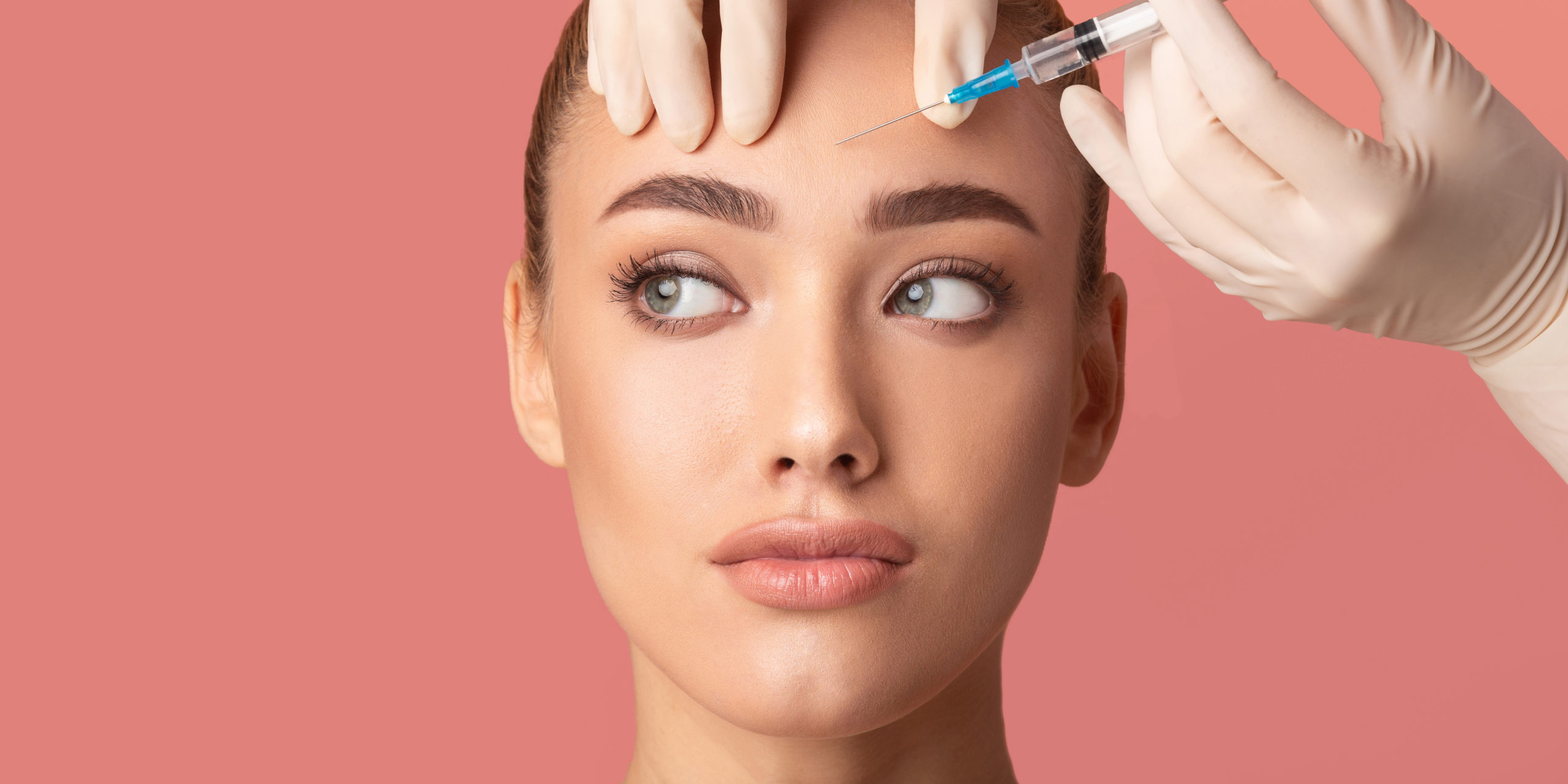Neurotoxins and botulism and paralysis, OH MY! Maybe you’ve had some concerns about Botox, but are they actually warranted? After all, The American Society of Plastic Surgeons 2020 study found Botox became the most popular non-invasive cosmetic procedure in 2020, with 4.4 million injections performed.
Here are a few terms that are important to know:
- Botulism: a rare, but serious condition characterized by muscle weakness caused by the bacteria Clostridum botulinum.
- Neurotoxin: a substance that works against the natural responses of nerve cells.
- Paralysis: the loss of voluntary muscle movement.
- Vascular occlusion: a rare but potentially serious blood clot behind the retina of the eye that blocks light.
Botox & Botulinum Toxin
Botox gets its name from the Botulinum toxin, a protein extracted from Clostridum botulinum (mentioned above). If this live bacteria enters the bloodstream, it will attach itself to muscles and replicate, weakening or completely immobilizing the muscle.
This toxin is in fact quite deadly. But there is an important distinction when it comes to Botox Cosmetic…
Why Botox Is Safe
Botox for aesthetic purposes is a pure protein, meaning there is no bacteria and it cannot replicate, like the live protein mentioned above. Further, Botox is injected into the skin, not the bloodstream and is slowly metabolized by the body. If that weren’t enough to calm your fears, if for some reason Botox were to enter the bloodstream, the amount necessary to cause symptoms of botulism is thousands of times higher the amount we would use for cosmetic injections in the face. The other thing to remember is since the body naturally metabolizes Botox, the effects would be temporary.
Natural Expressions & The Frozen Look
 As with just about anything, when Botox injections are not administered correctly, there is a possibility Botox can indeed cause that “frozen” look. The good news is our Medical Providers have all received extensive training in Facial Anatomy as well was advanced training in administering both on-label and off-label Botox injections. They clearly understand which muscles they should focus on and which they should leave alone. They will also take the time to ask you about your concerns, offer suggestions and discuss the number of units we recommend prior to treatment. Our goal is to preserve your natural expressions, while softening the lines and wrinkles that can cause deeper lines or new lines to form over time.
As with just about anything, when Botox injections are not administered correctly, there is a possibility Botox can indeed cause that “frozen” look. The good news is our Medical Providers have all received extensive training in Facial Anatomy as well was advanced training in administering both on-label and off-label Botox injections. They clearly understand which muscles they should focus on and which they should leave alone. They will also take the time to ask you about your concerns, offer suggestions and discuss the number of units we recommend prior to treatment. Our goal is to preserve your natural expressions, while softening the lines and wrinkles that can cause deeper lines or new lines to form over time.

Bonus Facts About Botox
Botox was originally developed in 1987 to provide relief for those who suffered from uncontrollable muscle spasms (blepharospasm), specifically around the eye. It wasn’t until 2002 when the FDA announced their approval of the injection for aesthetic purposes.
And one final positive to note is that Botox is also effectively used to treat people with excessive sweating of the hands, feet and underarms (hyperhidrosis).
Learn More About Botox:
- Lift Your Eyebrows With Botox & Smooth Away Frown Lines
- 5 Things You Can Expect From A Botox Treatment
- Excess Sweat & Botox/Botox To Treat Hyperhidrosis
- Why I’m Starting Botox At 26
- Top 3 Things To Know When Considering Botox
Questions or Want to Give Botox a Try? Call 480-470-5747 or complete the form above.



